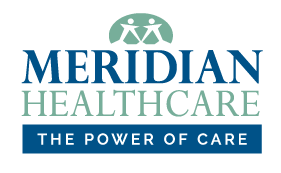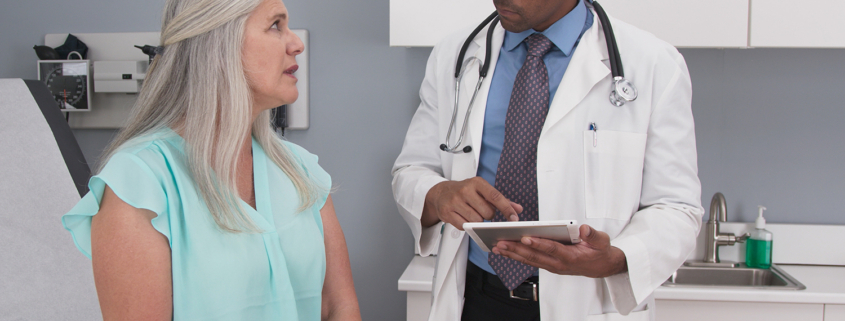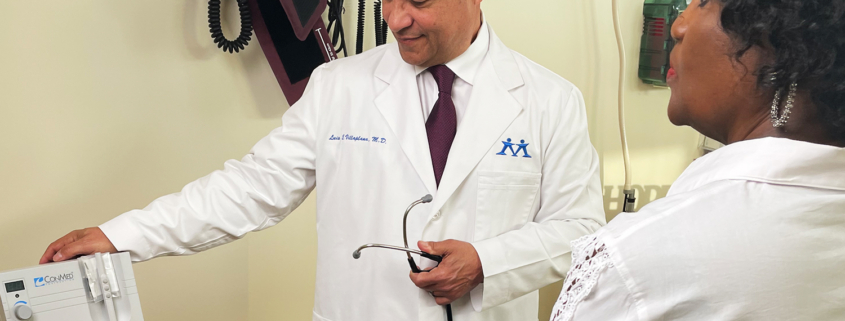What Happens During a Physical Exam?
An annual physical exam is the best way for both you and your primary care provider (PCP) to stay informed and up-to-date about your overall wellness. During this checkup, your PCP is able to review your health status, updates in personal and family history since your last checkup, performs a general medical exam, which usually includes different tests depending on your age (along with other risk factors, like family history of health issues).
Here’s what to expect when you go to the doctor’s office for your physical exam.





